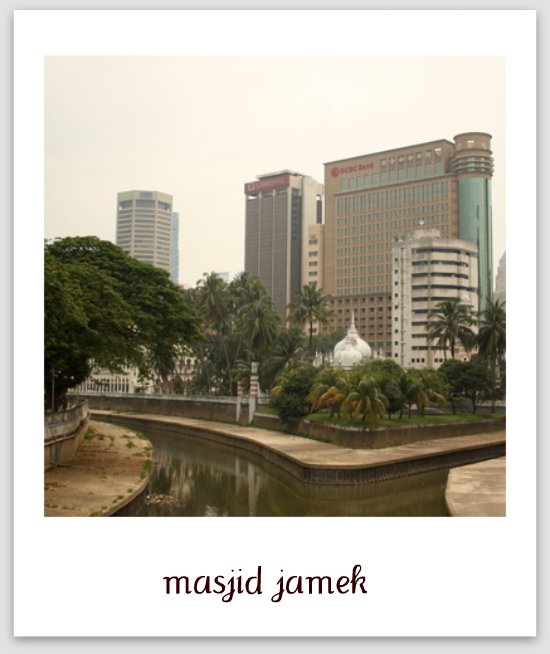
Let's take a little break from food and go for a walk. To be precise it is a slow walk aroundKuala Lumpur sprinkled with a splash of history and a dash of stories from the past.
Recently, I joined the KLickr (KL's Flickr group) Heritage Themed Photo Walk that was led by famous book author and newspaper columnist Kam Raslan. You may have seen Raslan's Ceritalah's column in The Star or his numerous books such as Confessions of an Old Boy gracing our local bookstores.
Having been a long standing fan of Raslan's works (I dutifully thumb through The Edge for his column every Saturday even though I've left the corporate world aeons ago), I was thrilled to have him rant about the city's notorious past. So raptured I was with the stories I admit I took very few photos to justify my existence in that photo group (hangs head in shame!).

Nevertheless I manage to cobble together a decent picture album for the Flickr set. However, I seriously doubt it is good enough for this Saturday's Urbanscapes (the most happening event with music, food, photos from Klickr and etc).
But seriously, it is good stuff that had me riveted, which I will "try" to capture below in easy digestible chunks. I've also done some research and supplemented it with dates and more facts.
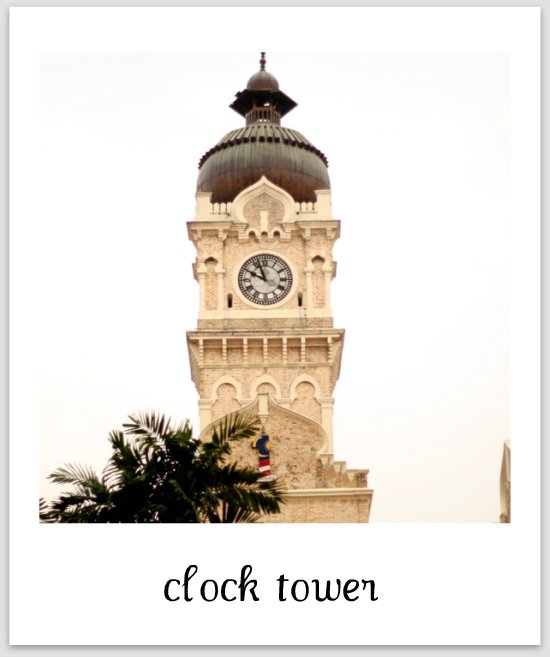
Why Kuala Lumpur as a city?
Raslan points out that historically capital cities are usually located next to a port. However, in our case it was a little different since Kuala Lumpur was nowhere near the port Klang or Swettenham as it was known those days.From what I read, prior to 1880s the port was originally the administrative centre. However it was subsequently shifted to Kuala Lumpur, which had gained a commercial importance as boats would dock near sand bank where the two rivers, Sungai Klang and Gombak met. These boats would carry goods that would be shifted onwards to the booming tin mines in Ampang.Raslan tells of how goods would be uploaded next to the bridge. Guards will stand there with guns not to shoot people from crossing the bridge but in case any crocodile from the river will attack these boat handlers.

Yap Ah Loy's town
Kuala Lumpur was ruled by the infamous Kapitan China, Yap Ah Loy. Raslan points out that the Chinese left their homeland China following the Taiping Rebellion where an estimated 25 million people perished during those bloody civil wars. The Chinese came in waves to work in the mines. Life was tough those days hence they turned to opium that was controlled by the Chinese secret societies headed by Yap. Raslan tells of a story on how Yap once issued a lucrative reward for the head of his enemies. People would overzealously cut off their friend's heads just to try and collect the reward.
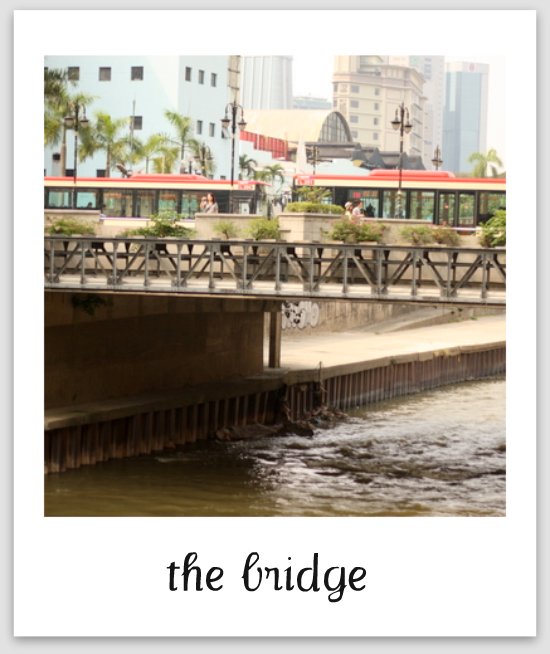
Sultan Abdul Samad Building
The bridge divided the two areas - on one side it was Chinatown but on the other side was where the British held court. They built the magnificent Sultan Abdul Samad building that was named after the present Sultan of Selangor. Designed by Arthur Norman, the building had a Moorish influence that the British felt will fit in the area. The building housed the colonial British adminstrative headquarters.
Just across the road was the Padang that became the cricket playing grounds. There's a strange history reference that Raslan remembers which noted how a young Malay boy won a biscuit eating competition organised at the grounds.

Masjid Jamek
Designed by the same architect, Arthur Norman, the mosque was located on the sandbank where th
e two rivers converge together. In a similar style to the Sultan Samad Building, the domes bore a Moorish look to them. According to Raslan, t
he mosque was actually wrong aligned as it was built to fit that piece of land. It is the oldest mosque being built in 1909.
It was originally Malay burial grounds. Some of the graves were moved to other parts of KL when they built the mosque. It is interesting to note that in olden days, the river rose up to the bottom steps of the mosque which has now been raised higher and higher.
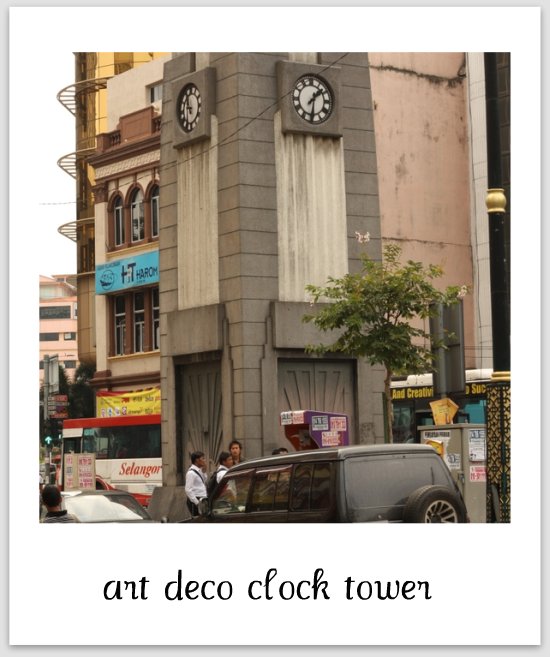
Medan Pasar - The Market Square
Just located off the landing point, this was the heart of Kuala Lumpur in those days. Yap Ah Loy's home built after 1881 was where the old HSBC building is located that faces the square (not the present building). Here he could oversee everything from his notorious dealings in the opium dens and gambling houses that he owned. During the day, stalls will be found n the square but at night, people flock here for opium and to gamble for a chance to get rich. After Yap's death, these stalls were then relocated to Central Market. Long before Central Market was a tourist place, it was a wet market.In 1937, an Art Deco clock tower with geometrical designs was built to commemorate the coronation of King George IV, the present Queen Elizabeth II's father.
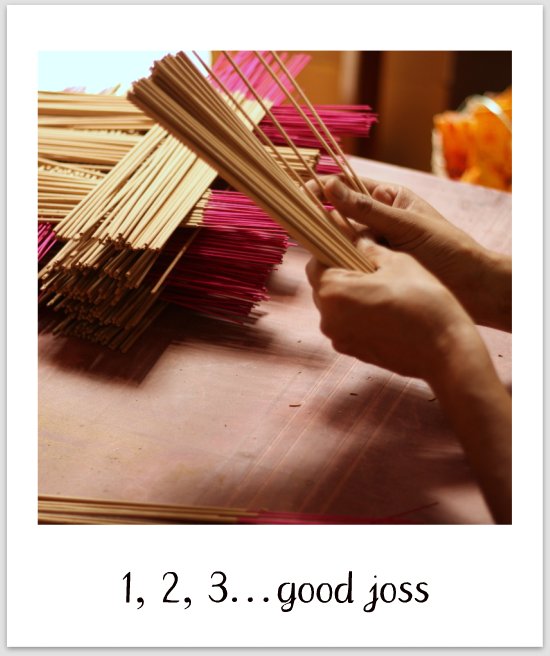
Bukit Aman
The Colonial British used to have their police headquarters known as the Fort on a site overlooking the Padang. This was later renamed as Bukit Aman. This was one of the strategies the British employed since it was at higher ground that gave them a vantage point should the Chinese ever attack them. As a warning to the Chinese, everyday at noon the British will fire a cannon that could be heard as far as Chinatown.

Sin Sze Ya Temple
Located just behind the shophouses along Central Market, this small temple is said to be the oldest Taoist temple in Kuala Lumpur. Built by Yap Ah Loy in honour of the Sin Sze Ya deity, you can find a picture of the Kapitan China within the four walls of the temple.
Nowadays devotees offer their prayers here. Street people also consider this place their refuge to rest a while. The temple is a popular place for tourists and of course photographers.

I reckon it is the best place for photography since you get colourful characters and there's something real magical about the incense, hanging lanterns and joss sticks. We end our walk here with a group photo and a little Malaysian custom, a drink and a chat at the nearby mamak stall.
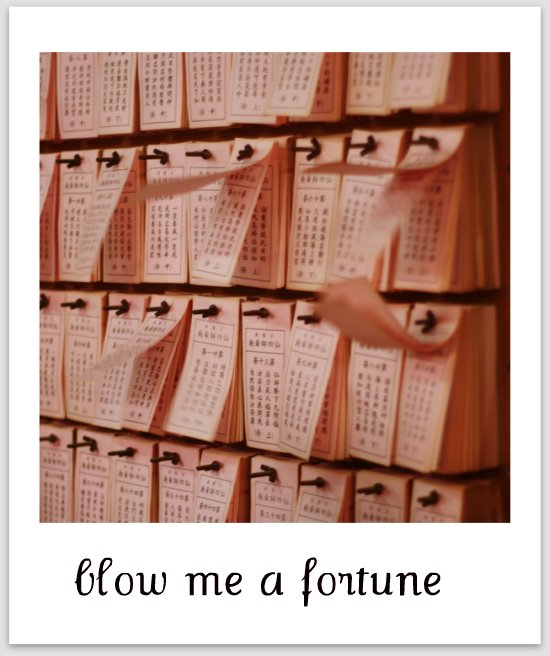
The walk was organised by KLickr in conjunction with this coming Saturday's Urbanscapes. If you haven't checked it out yet, do visit their site and see what acts are playing, food you get and of course en! tertainm ent like KLickr-ville. There are various photography contests and photo screenings. Read more about it here. Foodies can also look forward to The Last Polka's ice cream including their special one day KL flavour, which will be unveiled on that day itself. For more details on KLickr, follow them on facebook or join their KLickr group on Flickr.
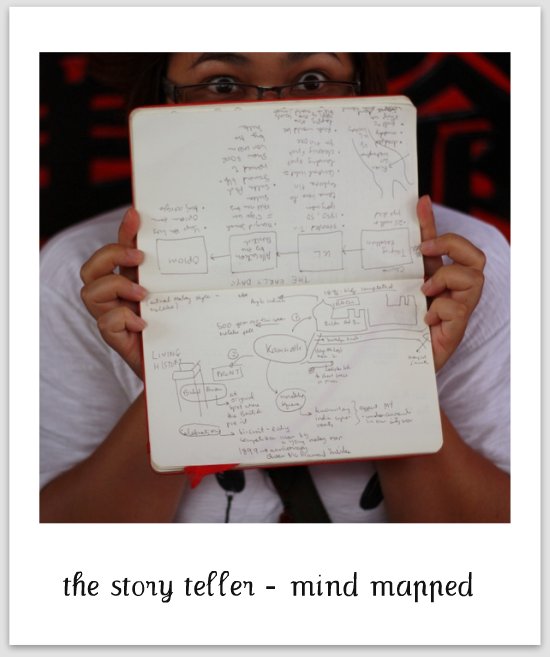
If you are interested to learn more about Kuala Lumpur, there are free Heritage Walks conducted by volunteers. They take off from the Central Market Information Counter at 10.30am daily.
No comments:
Post a Comment